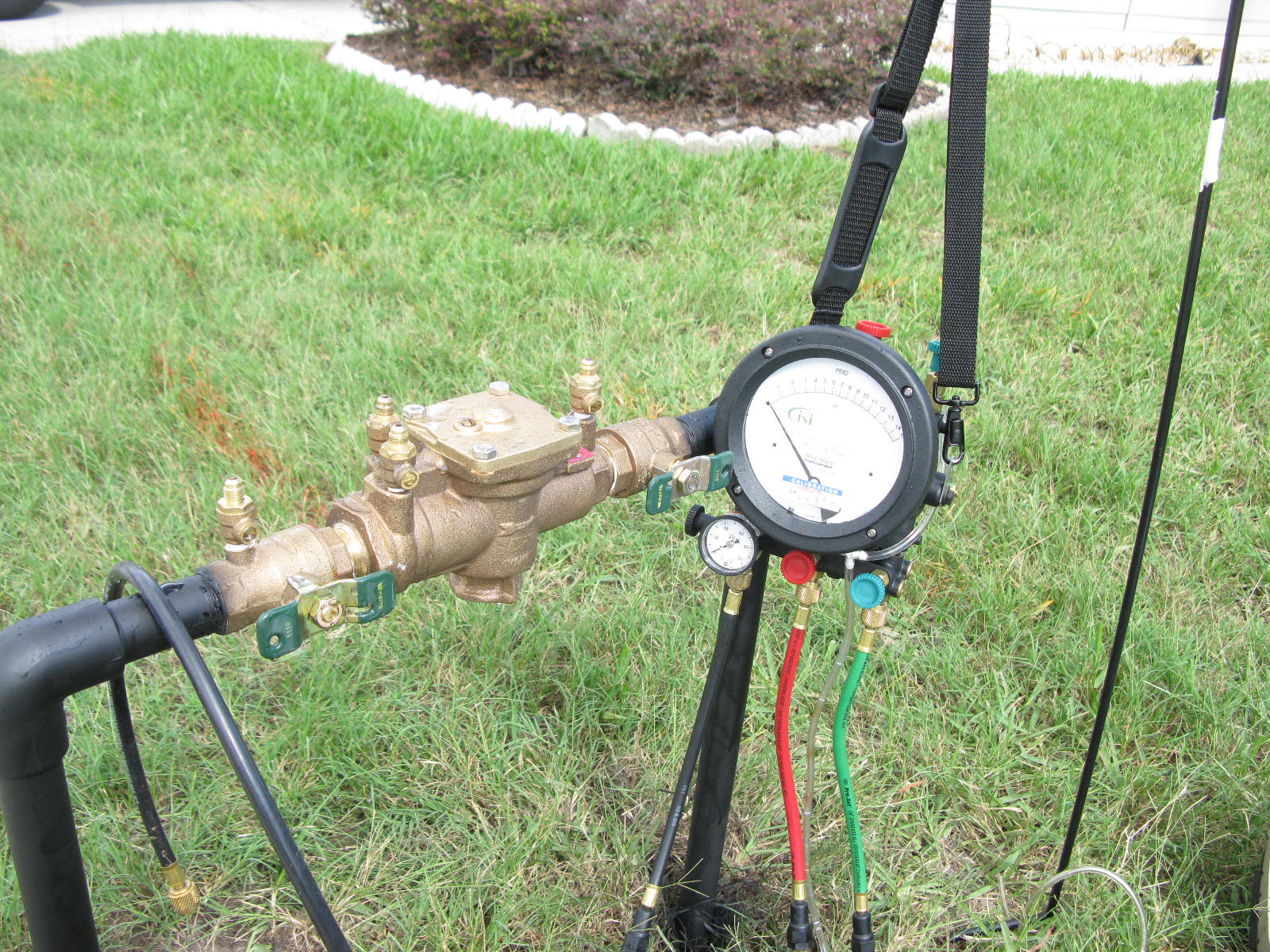Is Backflow Testing Advisable for My Water
Is Backflow Testing Advisable for My Water
Blog Article
This great article which follows relating to What is Backflow Testing? is absolutely fascinating. Check it out for yourself and see what you think of it.

Yes, you require to backflow examination your residence's water system to make sure that the water is without contaminants and also damaging degrees of chemicals. As a result of the tools needed and also space for error, you need to not attempt to carry out backflow screening on your own. We advise that you call a specialist plumber every couple of years to check your water.
Backflow Can Influence Both You and also Your City
Numerous cities establish heartburn guidelines because unsafe heartburn can influence the general public water along with a single building. Contemporary cities have backflow tools in location that shield the water supply that comes from a lot of houses and also industrial buildings. The genuine risk originates from irrigation systems, which can harm the water with harmful fertilizers, manure, as well as various other chemicals.
What Creates Heartburn?
A normal reason of heartburn is a loss of water pressure that creates the water to siphon back right into the water supply. After some time, there is a loss in water stress and the tube begins to suck the water back into the water supply. As you can visualize, there are currently chemicals from the paint that are getting in the water supply, possibly posturing a danger.
Heartburn Screening is Needed by Law in Particular Cities
Depending on where you live, you might in fact be called for by legislation to backflow test your law. Iowa City maintains a document of all residential or commercial properties served by the city's water supply.
You Can Avoid Backflow
The major function of a heartburn gadget is to stop water from streaming in reverse into your water supply. Plumbers mount the tool on the pipelines in your residence to make sure that the water just flows in the proper direction.
What is Heartburn?
Simply put, backflow is when water moves upwards-- the contrary instructions in the plumbing system. This is also referred to as "backpressure." When the water moves in this direction, it can mix with hazardous contaminants and posture a danger.
Call a Plumber to Evaluate for Backflow Before It is Too Late
A plumbing business can quickly check your home's water to determine if there are any dangerous chemical levels. As well as if you do uncover that your water has high levels of toxins, a plumber can easily mount a backflow avoidance tool.
Yes, you need to backflow test your residence's water supply to make sure that the water is totally free of toxins and damaging degrees of chemicals. Several cities develop heartburn guidelines because dangerous heartburn can influence the public water supply in enhancement to a single building. A regular cause of heartburn is a loss of water stress that triggers the water to siphon back into the water supply. After some time, there is a loss in water stress and the hose pipe starts to suck the water back right into the water supply. The major function of a backflow device is to avoid water from streaming backwards right into your water supply.
WHY DOES BACKFLOW TESTING NEED TO BE DONE EVERY YEAR
What Is Backflow?
Toxic gas backing up into a building is one example of potential backflow issues, but backflow can occur in many other ways.
Backflow is generally referred to as the reversal of a liquid or gas in a plumbing system.
Most issues for the public occur with backflow resulting in contaminated drinking water. If you look up backflow issues online you’ll probably find references to “potable” water. That means drinking water.
There have been backflow issues in the past with drinking water. Chemicals, sewage and other contaminants have found their way into drinking water causing health issues for those that count on the fresh water.
What Causes Backflow?
In a residence or commercial building water generally flows one way. This normal flow is usually driven by consistent pressure in the water and waste system.
Anything that changes the normal pressure in the system can lead to backflow.
Fire hydrant use or malfunction can reverse the normal pressure in the system on a city line, but backflow can occur in a number of different ways.
Sometimes backpressure might be caused by someone using a garden hose and submerging the end of the hose in a pool of liquid. If pressure is lost the flow could reverse and contaminants could be released into the drinking water.
Anytime there is a connection between contaminants and the drinking water there is potential for a backflow issue. Sometimes these connections are not immediately obvious like the garden hose connecting to a building’s drinking water supply.
Backflow Regulations
The Environmental Protection Agency (EPA) provides guidelines and regulations for state and local governments regarding backflow. State and local governments also have their own guidelines and regulations for backflow prevention.
Arizona has its own backflow regulations.
Due to issues with backflow in the past, regulations require backflow preventer devices to be used in nearly all residential and commercial buildings.
A backflow preventer is a device that prevents backflow as cross-connection points where potential backflow issues may occur.
While backflow is not a common occurrence, preventers are in place to make sure there is no contamination should something malfunction or go wrong with a building’s water supply.

As an enthusiastic reader on Backflow Assembly Testing, I assumed sharing that topic was sensible. If you please take the time to distribute this post if you enjoyed reading it. Thank you so much for your time invested reading it.
Solve now, call! Report this page